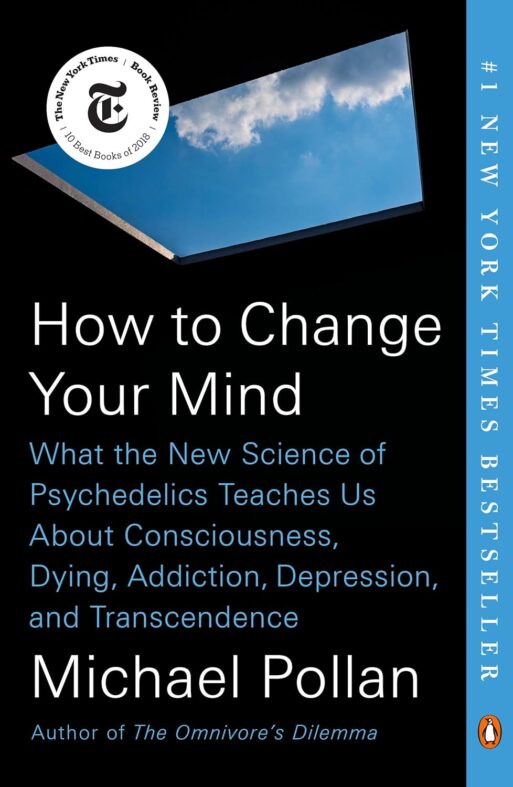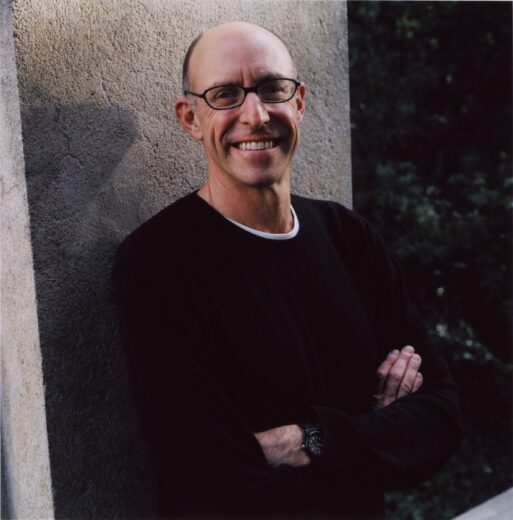
Public acceptance of psychedelics for palliative care has been rising in recent years, thanks to numerous studies detailing their profound therapeutic effects, which are often triggered by a mystical, transformative experience. It’s precisely that experience, author Michael Pollan reveals in “How to Change Your Mind,” that ignited the “second wave” of psychedelic research that is producing life-changing benefits today.
It’s probably safe to say that no other line of scientific inquiry has been driven by an urgency to share an experience that reveals the mysteries of the universe—or at least feels that way. As Pollan presents in his fascinating account, researchers who personally experimented with psychedelics after they were outlawed in the early 1970s became positively evangelical about touting their potential for spiritual transformation.
Agnostic Embraces Spiritual Benefits
Among the handful of figures responsible for igniting the push for additional research in the early 1990s, Pollan singles out Bob Jesse as one of the most potent behind-the-scenes movers and shakers.
Jesse, who described himself to Pollan as “agnostic, enamored of science,” had such a powerful, mystical psychedelic journey that he set out to focus on the spiritual benefits of the compounds, which initially were receiving little attention.
He founded the Council on Spiritual Practices with the aim of “making direct experience of the sacred more available to more people.” He was also instrumental in forming a psilocybin research team at his alma matter, Johns Hopkins. The first major institution to sponsor serious research on psychedelics since their banning, it lent credibility to renewed interest in the compounds. Jesse co-authored several of its papers, establishing that psilocybin can facilitate mystical-type experiences that have a “substantial and sustained personal meaning of spiritual significance.”

Mystical experiences are common with psychedelics in therapeutic treatment.
Credit: Anni Roenkae
Facilitating the “Most Meaningful Experience”
Another pioneering figure who was also intrigued by the spiritual application of psilocybin was psychologist Roland Griffith. Initially a “strict behaviorist,” Griffith decided in 1998 to devote himself to the investigation of psychedelics and mystical experience. Years later, while working at the Johns Hopkins lab, he received high honors for his work.
“As a scientific phenomenon,” he told Pollan, “if you can create a condition in which 70 percent of people will say they have had one of the most meaningful experiences of their lives…well, as a scientist, that’s just incredible.”
End-of-life Anxiety Reduced Thanks to Research
The payoff of all this mystically inspired research is the impact it’s having now in end-of-life care, providing relief from “existential distress.”
Describing the death of a male cancer patient, Pollan was moved when the man sat up in his bed during his psychedelic treatment and announced, “Everyone deserves to have this experience.” Later, the man’s wife was shocked when he started consoling her.
Some Doubt the Mystical Experience
Not everyone believes in the spiritual validity of these events. Yet those who’ve had a mystical “trip,” including agnostic or atheistic scientists, have felt what was being revealed to them was real.
Writes Pollan, “Even the most secular among them come away from their journeys convinced there exists something that transcends a material understanding of reality, some sort of a ‘Beyond’.”
Bumping into the Sacred
Perhaps psychologist Bill Richards framed it best. Richards reportedly had more experience guiding psychedelic journeys in the 1960s and 1970s than anyone else. He told Pollan that he emerged from his own psychedelic explorations convinced that the experience of the sacred reported by both great mystics and by people on high-dose psychedelic journeys is the same and is not a figment of the imagination.
“You go deep enough or far out enough in consciousness, and you will bump into the sacred,” Richards said. “It’s not something we generate, it’s something out there waiting to be discovered.”

Author Michael Pollan.
Credit: Ken Light
A Guide Book for Psychedelic Discovery
Pollan’s investigations in “How to Change Your Mind” ultimately lead him on his own guided, psychedelic journeys, becoming a kind of Paul Theroux of psychedelic travel. Without advocating or proselytizing, Pollan manages to achieve the same effect as the magic mushrooms and other psychedelics he writes about: opening readers’ minds to a new realm of possibilities.
Anyone considering psychedelics for relief from end-of-life anxiety, or simply the chance to experience the mystical, would benefit from reading “How to Change Your Mind.”

 “How To Change Your Mind” by Michael Pollan
“How To Change Your Mind” by Michael Pollan


 How Dare You Die Now!
How Dare You Die Now!
 Debating Medical Aid in Dying
Debating Medical Aid in Dying
 “Help Me, Helen”
“Help Me, Helen”














